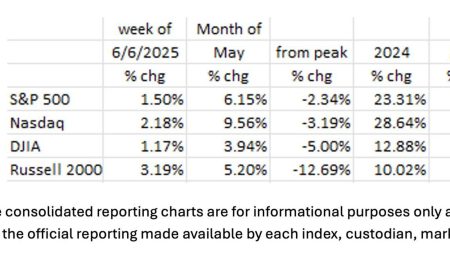The Fickle Landscape of Foreign Direct Investment: Navigating Uncertainty in a Transforming World
The global landscape of foreign direct investment (FDI) has been marked by volatility in recent years, with the anticipated post-pandemic recovery facing persistent headwinds from a confluence of economic, geopolitical, and technological factors. Preliminary data for 2024 paints a mixed picture, revealing a nominal 11% growth in global FDI to $1.4 trillion. However, this apparent recovery masks underlying disparities, as excluding flows through European conduit economies, which often serve as intermediaries in global investment, reveals an 8% decline in actual FDI. This divergence highlights the complex and often misleading nature of headline figures, emphasizing the need for deeper analysis to understand the true dynamics of global investment flows.
Developed economies experienced a substantial 43% surge in FDI in 2024, primarily driven by activity in conduit economies. Conversely, developing countries witnessed a 2% decline, marking the second consecutive year of contraction. This stark contrast underscores the uneven distribution of investment flows and the increasing concentration of capital in developed markets, raising concerns about the widening development gap between advanced and emerging economies. Various factors contribute to this uneven distribution, including macroeconomic trends, technological advancements, sectoral shifts, and geopolitical and trade risks. Furthermore, regional disparities, economic fragmentation, debt distress, evolving regulatory landscapes, and the growing influence of private equity and sovereign wealth funds further complicate the FDI landscape.
Looking ahead to 2025, despite ongoing risks, a moderate growth in FDI is anticipated, propelled by improved financing conditions and a resurgence in mergers and acquisitions. However, this projected growth is expected to be unevenly distributed, with developed economies, particularly the United States and the European Union, poised to attract a larger share of investment. The ongoing restructuring of global supply chains is likely to exacerbate regional disparities, favoring developing regions with close proximity or strong connections to major markets, such as ASEAN, West Asia, North Africa, and parts of Central America. These regions are strategically positioned to benefit from the shifting dynamics of global production and trade, attracting investments seeking to optimize supply chain resilience and efficiency.
The trajectory of FDI in 2025 will be profoundly shaped by a complex interplay of economic, geopolitical, and policy dynamics. While global growth is projected, significant regional variations are anticipated. The United States and the European Union are expected to witness growth in FDI inflows. Developing regions strategically positioned within or closely connected to major markets, such as ASEAN, West Asia, North Africa, and parts of Central America, could experience gains driven by the ongoing realignment of global supply chains. This realignment presents both opportunities and challenges for developing economies, requiring strategic policy interventions to attract and retain investment while maximizing the benefits for local economies.
ASEAN countries are particularly well-positioned to capitalize on these shifting global dynamics, attracting increased FDI due to factors such as robust market growth, regional integration initiatives, and cost advantages. This investment is expected to become increasingly sophisticated, encompassing high-value-added sectors like semiconductor production. However, the broader FDI landscape remains uncertain, particularly regarding the investment environment in the United States, the world’s largest destination and source market for FDI, following the change in administration. The aggressive stance and policy uncertainty of the U.S. pose a risk of alienating foreign investors, creating a climate of ambiguity around incentives offered through the Inflation Reduction Act and the potential return of tariff-heavy trade policies. This uncertainty could deter some investors while compelling others to invest in the U.S. to circumvent tariffs and meet domestic content requirements.
Meanwhile, China’s outbound FDI is projected to increase, with developing countries increasingly turning to China and the Gulf region as sources of investment, seeking to avoid the scrutiny and conditions often associated with attracting Western investors. This shift in investment patterns reflects the evolving geopolitical landscape and the growing influence of non-Western sources of capital. The future of FDI will be shaped by these evolving dynamics, requiring businesses and policymakers to navigate a complex and rapidly changing global investment environment. As global supply chains continue to evolve and geopolitical tensions persist, understanding these factors will be crucial for navigating the uncertainties and capitalizing on the opportunities presented by the evolving landscape of foreign direct investment.










